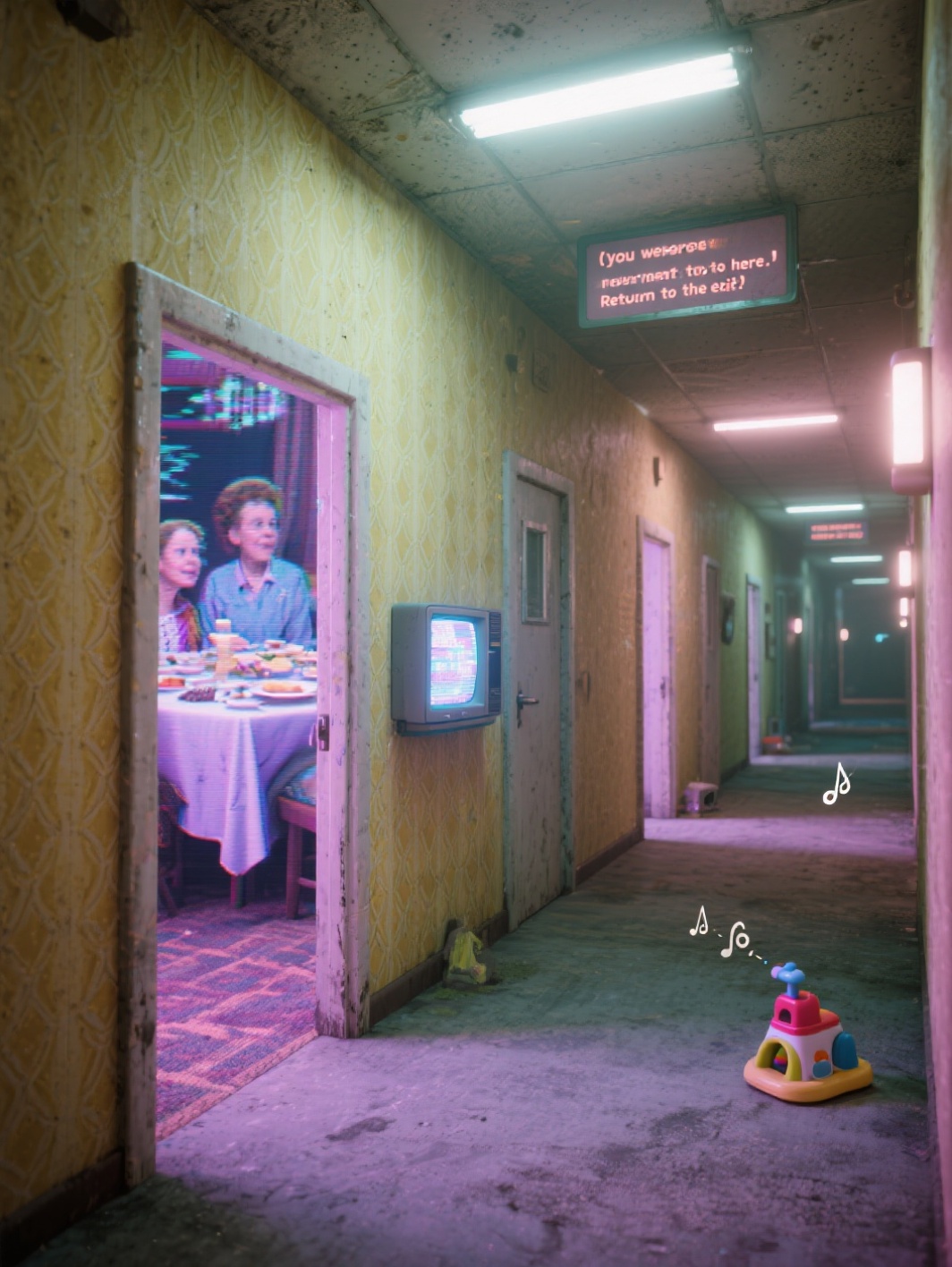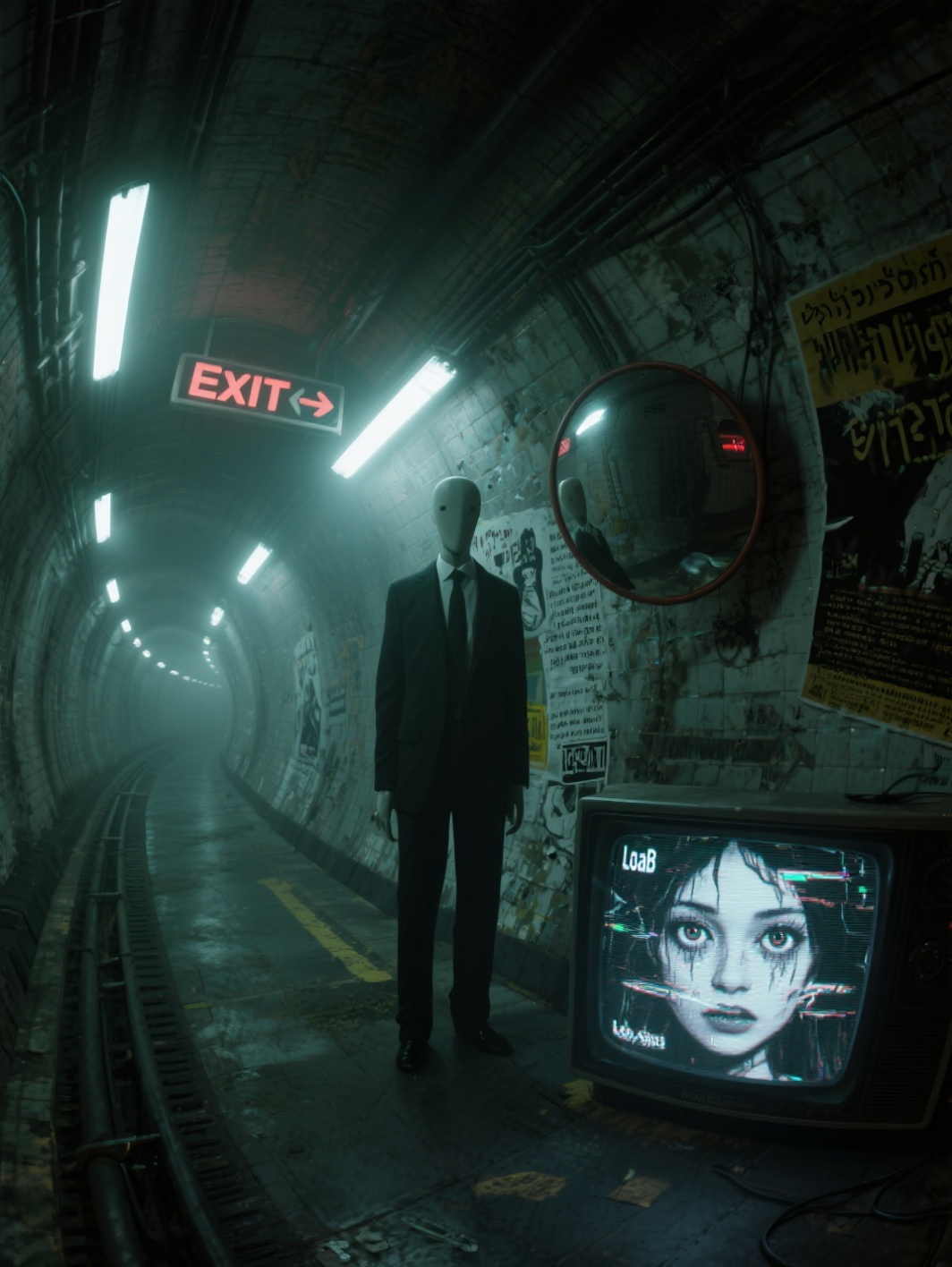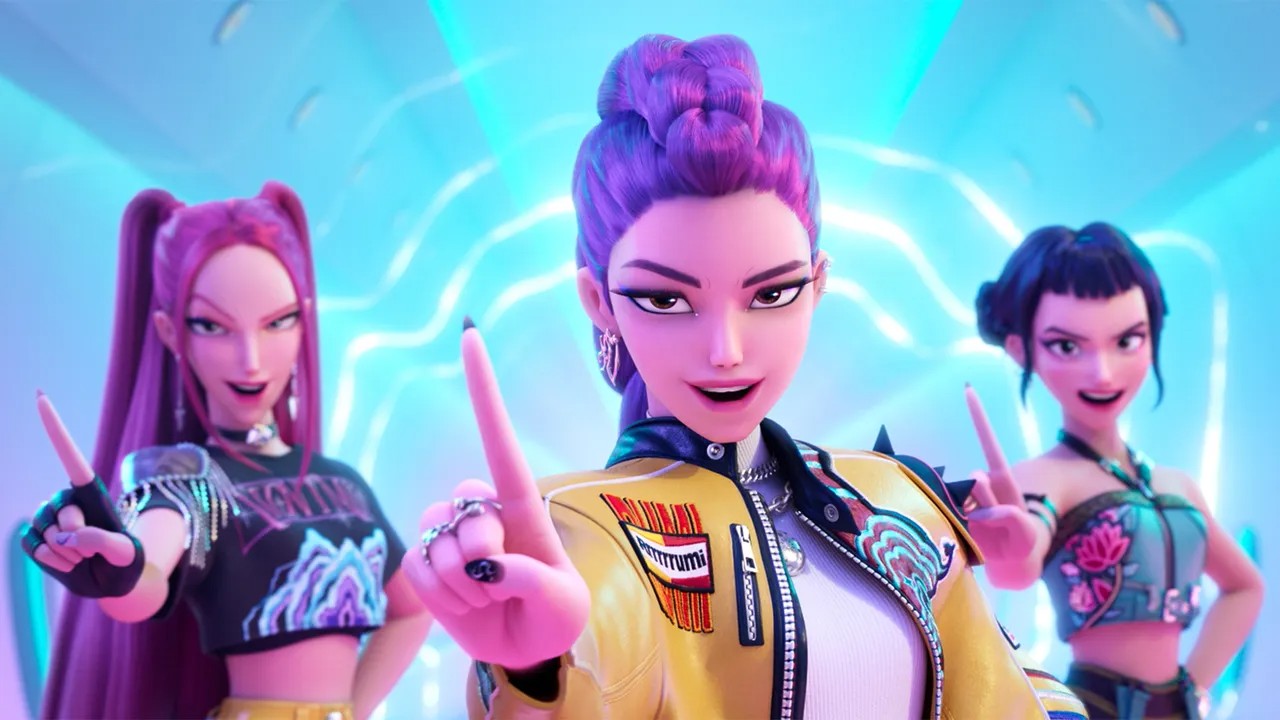The Weirdcore art trend is the most unsettling thing to happen to nostalgia
The anti-design aesthetic is changing art, games, and film.
Digital art trends, particularly in gaming, come and go; they capture our attention, then fade away. Weirdcore, on the other hand, has been lingering at the fringes for years, and it could just be the most interesting art and design trend with staying power.
For me, particular kinds of memories don’t fade. They just get fuzzier around the edges. It’s the glow of a CRT monitor at midnight, the buzz of a television left on in a dark room, the stark geometry and scratched gloss of my old school corridors and supermarket aisles. These aren't glamorous memories, and they're definitely not misremembered scenes from Stranger Things, but they’re deeply felt.
This is what Weirdcore taps into. It isn’t just an aesthetic; it’s an echo of growing up in an analog age and transitioning to digital before we had the language to explain it and pin it down.
As a middle Gen-Xer raised on VHS static, 8- and 16-bit retro games, and the colour bleed of hand-made TV idents, Weirdcore feels like an uncanny reflection of my subconscious. It’s all there: the broken typography, the hollow rooms, the eerie familiarity of places I’ve never actually been but feel I know. If you’ve spent any time on TikTok, YouTube, or Reddit lately, you’ll have noticed the rise of Weirdcore's look, with its glitchy edits, creepy text overlays, and surreal ambient loops.
Weird, but is it art?
It’s not just teens playing with spooky filters. Weirdcore is a movement that's hitting a deeper nerve, and it's seeping out. Particularly as mainstream shows like Severance adopt some traits for a Weirdcore-adjacent aesthetic and Alan Wake 2 and Silent Hill 2 Remake lift themes of memory, distortion, and liminal space.
Weirdcore is nostalgia, but not the rose-tinted kind. It’s less ‘remember this?’ and more ‘why does this feel familiar?’ It digs up the unremarkable, the hallway outside my childhood bedroom, the car park behind Blockbusters, and filters it through a dreamlike haze. It’s like my brain opening a folder from 1992 labelled ‘do not open’, and I just do, regardless, which in itself is the plot of every '90s internet thriller.
There are many aesthetic cousins here, such as Dreamcore and Liminalcore, but Weirdcore stands apart because of its intentional wrongness. It embraces anti-design: misaligned elements, dated UI, surreal phrases like “you were never meant to be her” scrawled across abandoned landscapes, green-hued hallways, and classrooms. And it resonates because that’s what memory can feel like: patchy, a little fuzzy; facts retreat, but textures, moods, and shadows remain.
Daily design news, reviews, how-tos and more, as picked by the editors.

Weirdcore isn’t new, of course. The aesthetic has quietly evolved from early Creepypasta forums and 4chan lore. You could even argue that Slender Man was proto-Weirdcore, an internet-born figure wrapped in memory and fear. Likewise, Loab, the AI-generated woman who haunted the internet a while back (or did she?). But while Slender Man and Loab gave us faces to fear, Weirdcore gives us spaces to dread. And that might be more unsettling. There’s no monster here, just the emptiness, an offset familiarity, and your projection.
Take The Backrooms, a perfect example of Weirdcore in narrative form. The original image, a liminal office space bathed in yellow light, could have come straight from a 1980s office refit success story. But somehow, it became a digital campfire tale, now the foundation of short films and games like Dreamcore. And it's terrifying, not because of what’s in the room, but because of what’s not, and the itch you can’t scratch that it looks too familiar.
Games like The Exit 8 are also tapping into that same unease. You wander through endless subway tunnels, looking for subtle inconsistencies. There’s no objective urgency, just a nagging sense that something isn’t quite right. Or look at the disjointed and cryptic pixel art visuals of Milk Inside a Bag of Milk Inside a Bag of Milk, which makes a mundane task – buy some milk – a creepy, broken prospect. These games don’t just use the aesthetic; they weaponise it to make you feel something raw and unfiltered.
A trend on the fringes

You don’t need a degree in visual design to create Weirdcore art, just an internet connection, some iffy clip art, old photos, and a willingness to embrace imperfection. As someone who loves dabbling in digital art, raised in a time before Photoshop layers and content-aware fill, and drawing on iPads, I find that deeply refreshing, even if the results are deeply uneasy.
Weirdcore isn’t going anywhere. As more of our collective memory is digitised, and more of our creative tools become perfect and generative, the appeal of something imperfect, art that celebrates the mundane, footnoted by dial-up tones and library carpets, can only become more popular.

Ian Dean is Editor, Digital Arts & 3D at Creative Bloq, and the former editor of many leading magazines. These titles included ImagineFX, 3D World and video game titles Play and Official PlayStation Magazine. Ian launched Xbox magazine X360 and edited PlayStation World. For Creative Bloq, Ian combines his experiences to bring the latest news on digital art, VFX and video games and tech, and in his spare time he doodles in Procreate, ArtRage, and Rebelle while finding time to play Xbox and PS5.
You must confirm your public display name before commenting
Please logout and then login again, you will then be prompted to enter your display name.
